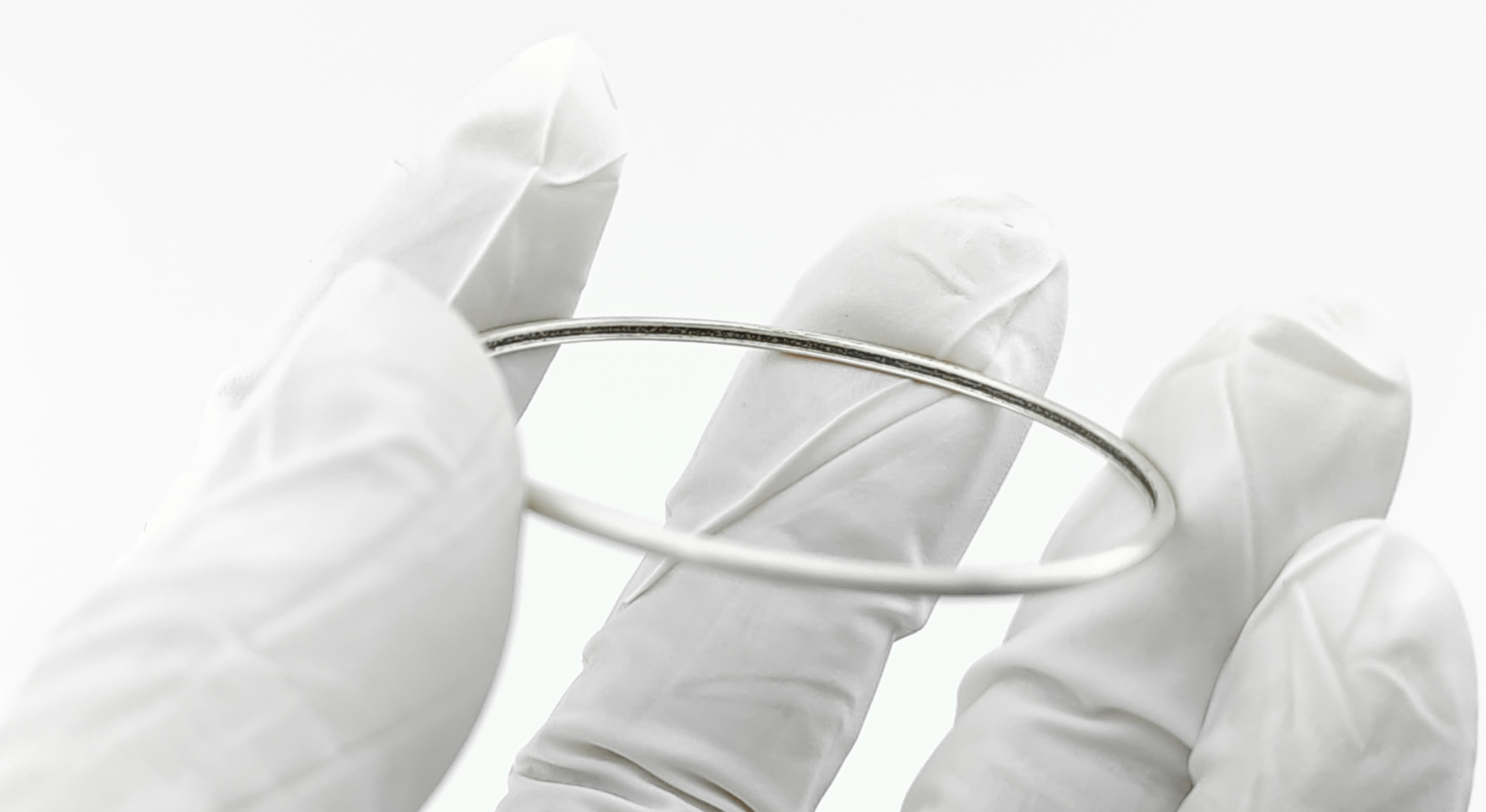
In sealing technology, metal C-rings and metal U-rings are two common sealing elements, each with its own advantages in different application scenarios. Understanding the performance characteristics, application fields and pros and cons of these two rings will help you choose the right sealing solution. This article will compare metal C-rings and metal U-rings in detail to better understand their applicable scenarios and technical characteristics.
1. Basic definition and structure
Metal C-rings
The cross-section of the metal C-ring is “C”-shaped and has an open ring structure. Its design allows for proper compression during installation to form a seal. Metal C-rings are usually made of high-strength metal materials (such as stainless steel, alloy steel or aluminum alloy) and are widely used in high temperature, high pressure and corrosive environments.
Metal U-rings
The cross-section of the metal U-ring is “U”-shaped and is usually formed by bending a metal strip. Its design includes a wider sealing surface and is sometimes combined with an O-ring as an auxiliary sealing element. Metal U-rings are usually used for sealing in lower pressure environments, but there are also versions of high-strength materials for applications with higher requirements.
2. Performance characteristics
High temperature resistance
Metal C-ring: Able to work stably at ambient temperatures up to 600°C. Its material selection and structural design make it suitable for high temperature applications such as thermal power generation, aerospace, etc.
Metal U-ring: Although many metal U-rings also have good high temperature resistance, their temperature resistance range is generally lower than that of metal C-rings and are suitable for medium temperature environments.
High pressure resistance
Metal C-ring: Due to its designed “C” cross-section, it can withstand higher pressures and is suitable for high-pressure environments such as oil and gas extraction and hydraulic systems.
Metal U-ring: Usually used in lower pressure environments, but in high-strength versions, some designs can adapt to higher pressures.
Corrosion resistance
Metal C-ring: Commonly used corrosion-resistant metal materials such as stainless steel or alloy steel, which can maintain stable performance in chemically corrosive environments.
Metal U-ring: Corrosion-resistant materials can also be used, but due to its structural design, it may not perform as well as metal C-rings in some extreme corrosive environments.
Elasticity and compression performance
Metal C-ring: It has good elasticity and can maintain stable sealing performance when under pressure. It is suitable for applications that require high elasticity and recovery.
Metal U-ring: Due to its wider sealing surface, it can provide a larger contact area, but its elasticity and compression performance are relatively low, and it is not suitable for applications that require high compression recovery.
3. Application fields
Aerospace
Metal C-ring: It is widely used in aircraft engines, fuel systems and hydraulic systems, and can provide reliable sealing in extreme high temperature and high pressure environments.
Metal U-ring: It is less used in the aerospace field, but may be used in environments that require a larger sealing surface and low pressure.
Automotive industry
Metal C-ring: It is used in components such as engines, transmissions and braking systems to provide strong sealing to ensure the performance and safety of the car.
Metal U-ring: It is often used in the automotive industry for sealing in lower pressure environments, such as certain transmission systems and liquid cooling systems.
Petrochemical industry
Metal C-ring: It is widely used in drilling equipment, pipeline connections and storage facilities, and can cope with high pressure and corrosive environments.
Metal U-ring: It can be used for sealing chemical equipment, but is usually used in situations where pressure and corrosion requirements are low.
Chemical Industry
Metal C-Ring: Suitable for sealing chemical reactors, pipelines and storage tanks, and can resist highly corrosive chemicals.
Metal U-Ring: It can be used for sealing in medium and low corrosive environments in the chemical industry, and may also be used in application scenarios that require a larger sealing surface.
4. Pros and cons comparison
Metal C-Ring
Advantages:
Excellent high temperature and high pressure resistance.
Excellent corrosion resistance.
Good elasticity and compression performance.
Disadvantages:
High cost.
May be too strong for some low-pressure applications.
Metal U-Ring
Advantages:
Large sealing surface, suitable for wide-face sealing applications.
Relatively low cost.
Can be used in medium temperature and pressure environments.
Disadvantages:
Compared with metal C-Ring, its high temperature and high pressure resistance are slightly inferior.
Elasticity and recovery ability are not as good as metal C-Ring.
5. Future development trend
Material innovation
Metal C-Ring: In the future, high-temperature alloys and corrosion-resistant materials will continue to be developed to improve its performance in extreme environments.
Metal U-rings: New alloys and composite materials may be used to improve their high temperature and high pressure resistance.
Intelligent technology
Metal C-rings and metal U-rings: Combined with sensors and intelligent monitoring systems, real-time status monitoring can be achieved, maintenance efficiency can be improved, and failures can be reduced.
Environmentally friendly design
Metal C-rings and metal U-rings: Future research and development will focus on environmentally friendly materials and production processes to reduce environmental impact and achieve sustainable development.
Summary
Metal C-rings and metal U-rings each have their own advantages in sealing technology. Metal C-rings are suitable for high-demand industrial applications due to their excellent resistance to high temperature, high pressure and corrosion. Metal U-rings are suitable for medium-demand applications due to their larger sealing surface and cost-effectiveness. Selecting the right sealing element according to specific usage requirements can effectively improve the reliability and safety of the equipment.
Post time: Sep-24-2024
